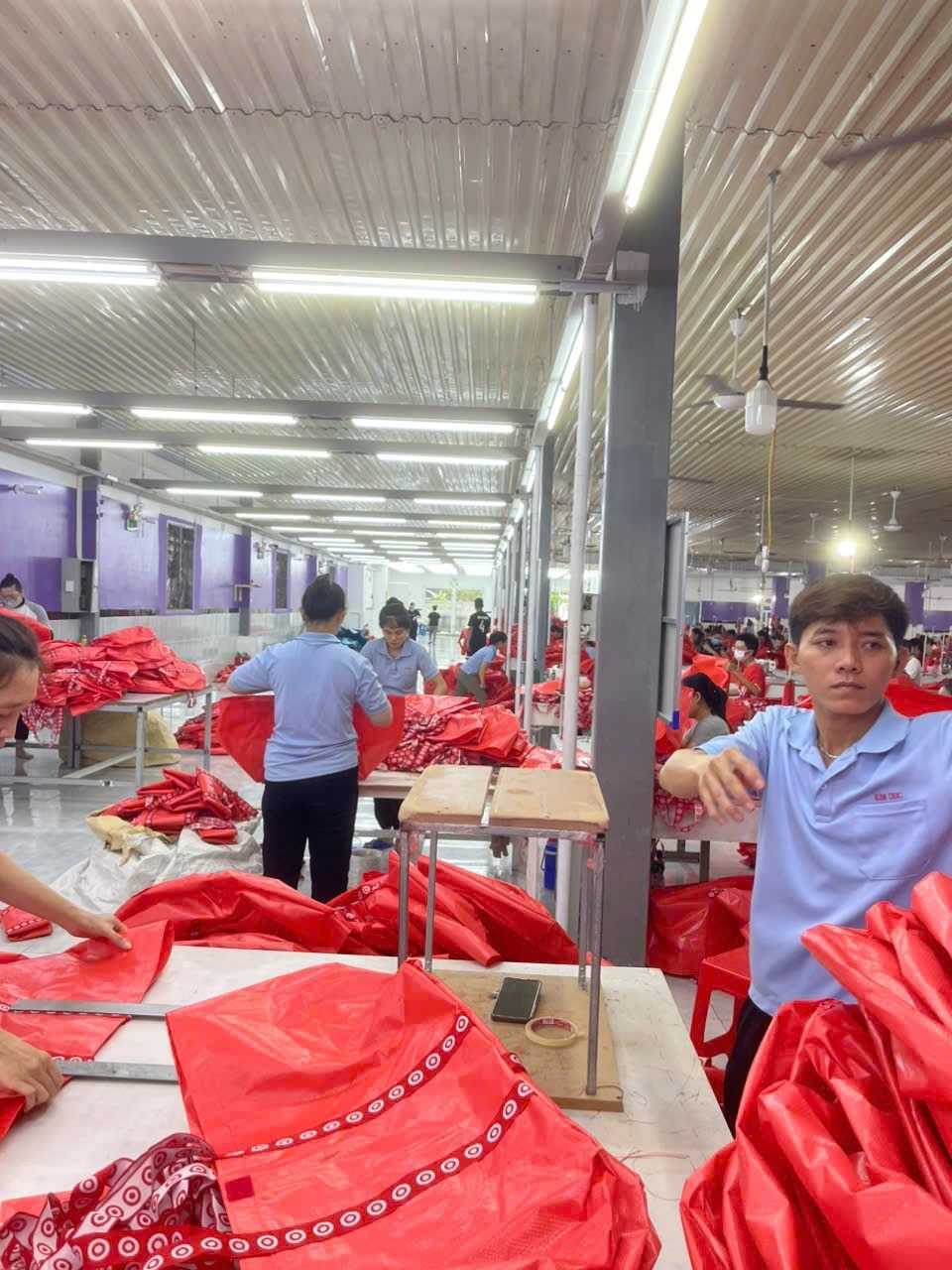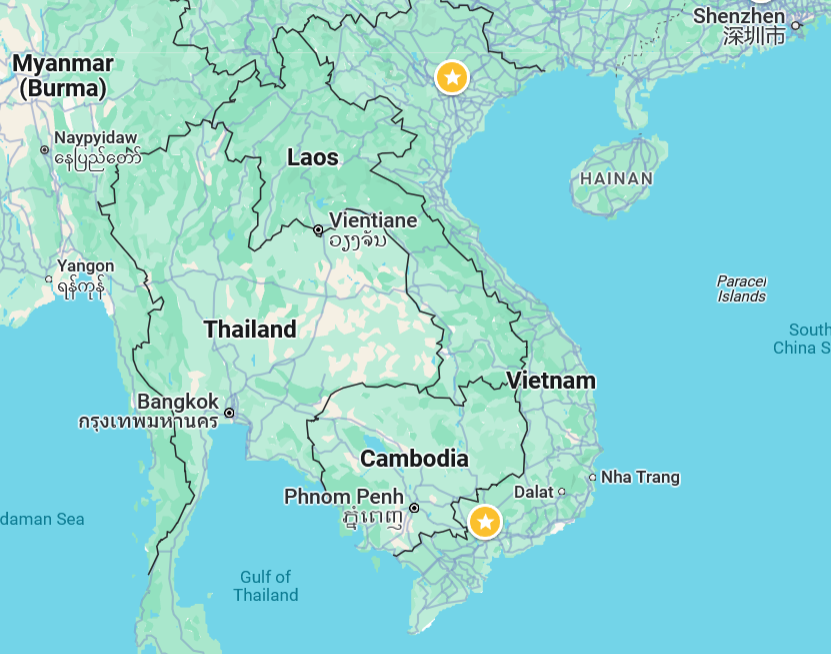Vietnam’s Quiet Globalism
Why the world’s most optimistic manufacturing nation still believes in integration
In a world turning inward, Vietnam is doing the opposite.
While Washington debates tariffs and Europe tightens borders, Vietnam is expanding its connections — economically, culturally, and strategically.
In April 2025, General Secretary To Lam made “international integration” a national priority. By August, the government eased visa restrictions for foreign workers. In September, it announced a plan to add more foreign-language education and invest heavily in “world-class” universities. Seventeen trade agreements already tie Vietnam to almost every major market on earth.
This isn’t idealism. It’s a system. Vietnam treats globalization not as a slogan but as infrastructure.
The new globalists
The New York Times recently described Vietnam as a country “humming with extroverted energy.” That’s not exaggeration. From construction sites to university campuses, the direction is outward.
The Long Thanh International Airport, still under construction outside Ho Chi Minh City, has become the symbol of this shift. It’s Vietnam’s bet on becoming Asia’s next logistics and travel hub — its own Changi.
Inside the city, the same pattern repeats at a smaller scale: foreign-run restaurants beside local coffee shops, bilingual schools expanding, and returning overseas Vietnamese investing in tech, logistics, and manufacturing.
This new class of “globalists” doesn’t reject nationalism. They view integration as strength. As one Vietnamese CEO told the Times: “You integrate with the world, but you still have your own identity. The more we exchange, the more we build trust.”
That sentence could be Vietnam’s economic doctrine.
A controlled version of openness
Vietnam’s path to globalization was not ideological. It was survival.
After decades of isolation and state self-sufficiency, the country faced famine. The reforms of the 1980s — known as Đổi Mới — opened agriculture and trade. That single decision turned food scarcity into export surplus. It also built public trust in openness as a path to prosperity.
Since then, each stage of reform has been deliberate. Education came next. The government poured nearly 20 percent of its national budget into schools — double the OECD average. Factories grew more technical. English became common in industrial zones. Globalization wasn’t something Vietnam “joined.” It was something it built.
Unlike China’s one-way globalization — exports out, protectionism in — Vietnam adopted a more balanced model. It lets capital, people, and culture flow both directions, but under rules. It’s managed globalism — a middle ground between chaos and control.
For U.S. importers, that’s exactly where predictability lives.
The importer’s dilemma
Tariffs may fall. Headlines may promise relief. But risk doesn’t disappear with a policy shift.
When tariff cuts are temporary, compliance is the only constant.
And as more production relocates from China into Vietnam, hybrid ownership complicates everything — component origin, transformation process, valuation, and declared country of origin.
Most importers fail here not because they cheat, but because they trust. They take a supplier’s word at face value. They assume a “Made in Vietnam” stamp means what it says.
But CBP doesn’t accept assumptions. It accepts proof.
A growing share of enforcement now targets hybrid factories — Chinese capital operating under Vietnamese registration. If your Bill of Materials, production records, and supplier declarations can’t prove substantial transformation, your goods are still Chinese under U.S. law.
Vietnam’s openness gives opportunity, but also exposure.
Where control replaces luck
At Asia Agent, we see this environment clearly. Vietnam’s optimism is real, but success here still depends on systems, not sentiment.
We focus on turning opportunity into control through structure:
Supplier Verification – Confirm legal ownership, management nationality, and real production capability. Don’t rely on a nameplate.
On-Site Documentation – Every verification includes geo-tagged photos, BOM tracing, and production flow diagrams aligned with CBP’s “reasonable care” standards.
Origin & Transformation Analysis – We analyze process steps and materials to confirm substantial transformation. The goal isn’t paperwork; it’s legal defensibility.
Audit Readiness – We align invoices, purchase orders, packing lists, and bank wires for full valuation and classification transparency. Each case is built to survive a CBP audit.
Continuous Monitoring – Annual re-verification, factory re-inspections, and document renewal. Compliance is not a one-time file; it’s an operating system.
This is what Vietnam’s new phase of globalization requires — discipline, not declarations.
The system, not the slogan
The difference between a good importer and a lucky one is documentation.
Vietnam’s rise gives U.S. importers another chance to build correctly — to structure a compliant, diversified base before the next trade shift begins.
Vietnam’s advantage isn’t low labor costs or new airports. It’s its mindset.
It’s a country that believes globalization still works, that trust can still be built, and that trade can still be a force for national growth.
While others argue whether globalization is dying, Vietnam is quietly proving it’s still alive — just more selective, more local, and more disciplined.
Globalism here is pragmatic. It doesn’t overwhelm. It integrates.
Perspective
Vietnam isn’t betting on ideology.
It’s betting on systems.
That’s why it feels different from every other manufacturing base in Asia. Its optimism isn’t naïve. It’s earned through results, built on education, and enforced by rules that make sense.
For importers, the takeaway is simple: this is where the next decade of reliable supply will come from — if you build it with the same discipline Vietnam used to build itself.
We’ve seen this shift before. We’re ready.




